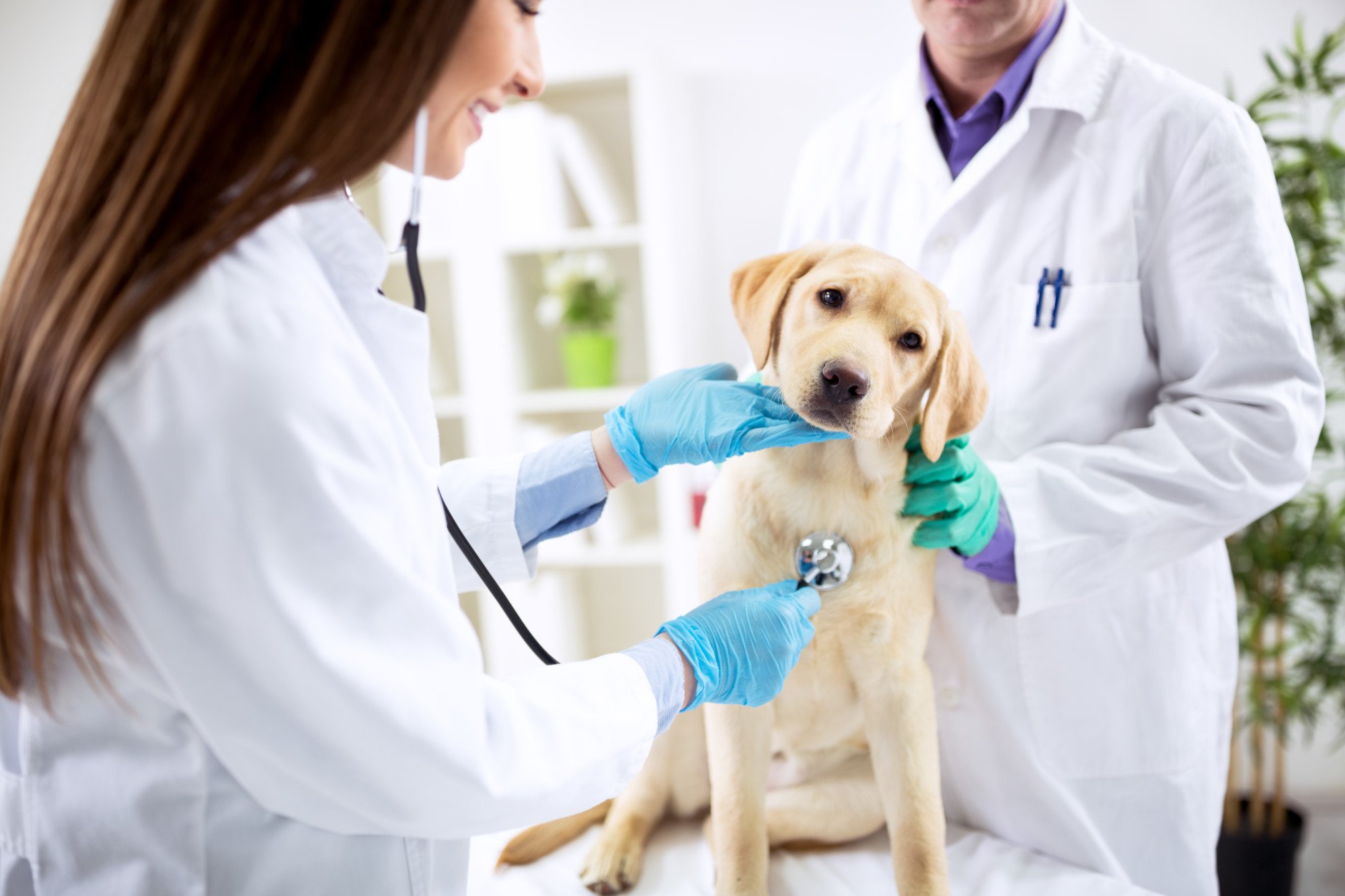Congratulations, you’ve just got yourself a new service dog! Getting a new pup is a big decision that shouldn’t be taken lightly, so it’s great to know that you chose to be with this furry friend for the long haul.
But now you have a big question: what do service dogs do?
Every service dog’s job is different, but there are a few general tasks most service dogs are trained to do.
Keep reading to learn more about the different service dog tasks.
Service Dog Training Basics: What You Need To Know
There are some basic tasks that every service dog needs to know. These tasks include learning basic commands such as sit, stay, and down, and learning how to behave in public places.
In addition to these basic tasks, service dogs also need to be trained specifically for the job they will be performing.
No matter what job a service dog performs, it must be well-trained to be a successful working dog. If you’re interested in keeping your furry friend well-trained, check out this service dog training.
The Different Kinds of Service Dog Tasks
There are a variety of tasks that service dogs can be trained to perform, depending on the needs of their owners. Some common tasks include: retrieving items, providing physical support, opening doors, turning lights on/off, and alerting owners to sounds or changes in their environment.
Service dogs can also be trained to provide emotional support, such as physical contact during a panic attack or meltdown.
Here are other types of service dogs and the tasks they perform:
Guide Dogs
Guide dogs help the blind or visually impaired navigate their surroundings.
Hearing Dogs
Dogs that are trained for this task assist the deaf or hard of hearing by alerting them to sounds. Such sounds include doorbells, alarms, or phones.
Diabetic Alert Dogs
These dogs are trained to detect changes in their owner’s blood sugar levels and alert them to a potential problem.
Seizure Response Dogs
Seizure response dogs can warn their owners of an impending seizure and help them stay safe during and after one.
Autism Assistance Dogs
Dogs trained for autistic people can provide companionship and help with tasks such as providing deep pressure therapy or keeping their owner from wandering off.
Allergy Detection Dogs
Allergy-detecting dogs can alert their owners to the presence of specific allergens, such as peanuts or pollen.
Therapy Dogs
A service dog working as a therapy dog must be trained to be calm and gentle with people.
By understanding the different kinds of service dogs and their jobs, you can better choose the right dog for your specific needs.
Enjoy the Benefits of a Service Dog
Service dogs are a fantastic asset to those who need them. They provide companionship, assistance with mobility, and give their specific service dog tasks.
If you are considering getting a service dog, this guide will help you choose the perfect one for your needs. Make sure to take care of your dog and make sure they are healthy and happy. With a bit of planning and a lot of love, you can have an amazing service dog that will improve your life in countless ways.
Did this article help you choose your service dog? Keep reading our blog for other helpful topics!



